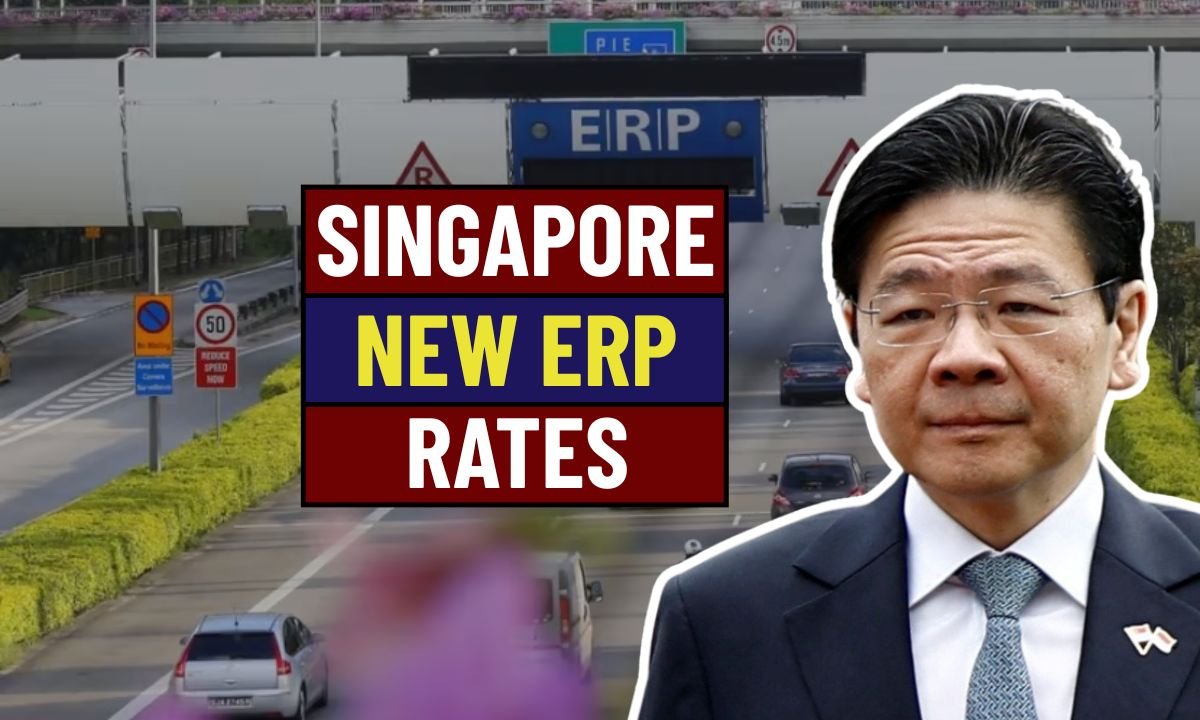Singapore, known for its efficiency and innovation in urban planning, is set to introduce revised Electronic Road Pricing (ERP) rates starting June 2025. This strategic move by the Land Transport Authority (LTA) comes in response to increasing urban congestion and aims to regulate traffic volumes more effectively during peak periods. As the city continues to grow both economically and demographically, the government is taking a proactive approach to maintain a seamless commuting experience for its residents.
A Timely Move to Address Urban Traffic Woes
The revised ERP rates are part of Singapore’s broader initiative to manage road usage and minimize congestion in key traffic zones. Over the years, as the number of private vehicles has steadily increased, certain expressways and arterial roads have become heavily congested during peak hours. The LTA conducted several traffic pattern studies in early 2025, which revealed a noticeable rise in travel times along major routes. In light of these findings, the government concluded that adjusting ERP rates would help balance road usage and improve overall traffic flow.
Focused Adjustments on High-Traffic Corridors
The new ERP pricing adjustments will not be applied uniformly across all gantries. Instead, they will target specific congestion hotspots identified through comprehensive data analysis. These include the Central Expressway (CTE), Ayer Rajah Expressway (AYE), and major entry points into the Central Business District (CBD). By selectively increasing rates during peak hours in these zones, authorities hope to encourage commuters to consider alternative routes or travel times, thereby easing the traffic burden during critical periods of the day.
Encouraging Shift Towards Public Transport and Off-Peak Travel

Beyond traffic reduction, the new ERP rates are also designed to support Singapore’s long-term sustainability goals. By discouraging unnecessary car travel during rush hour, the initiative aims to encourage the use of public transport, cycling, and walking. The government is simultaneously investing in expanding public transport networks and improving last-mile connectivity. With enhanced incentives for off-peak commuting, residents are expected to make smarter travel decisions, further promoting an efficient and eco-friendly transportation ecosystem.
Keeping Commuters Informed and Prepared
To ensure a smooth transition, the LTA will launch an extensive public information campaign. This will include detailed updates through digital platforms, roadside signage, and mobile apps to help commuters plan their routes and budgets accordingly. Transparent communication and real-time traffic updates will be key in gaining public trust and compliance with the new system. Singaporeans have previously shown strong adaptability to ERP changes, and the upcoming adjustments are expected to follow suit with adequate preparation.
A Smarter, Greener Singapore
Singapore’s ERP adjustments in June 2025 represent more than just a response to congestion; they reflect a vision for smarter urban mobility. By leveraging technology and behavioral insights, the city-state continues to lead the way in sustainable urban transport management. As these changes take effect, both residents and visitors will likely benefit from reduced travel times, lower emissions, and a more balanced use of infrastructure hallmarks of a truly modern and livable city.

